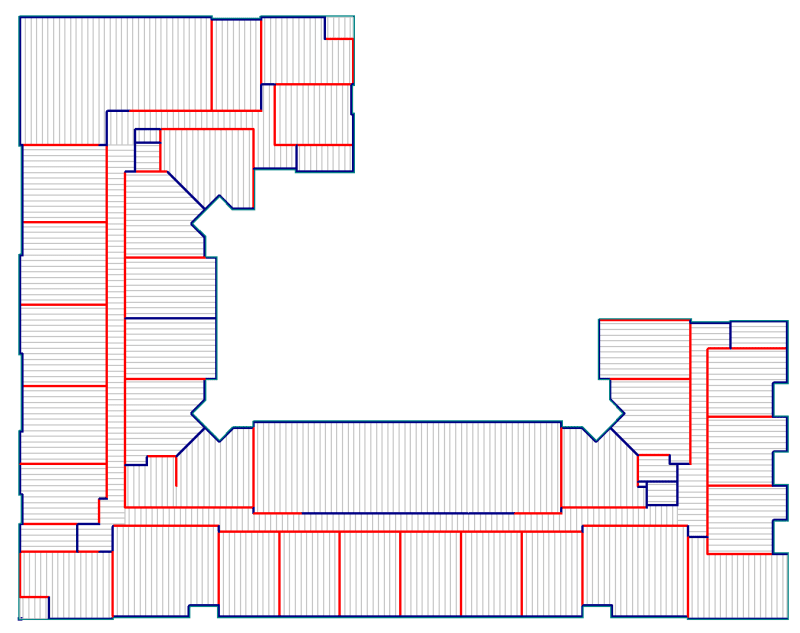CitizenEngineer
Structural
- May 17, 2022
- 1
thread507-461673
I was looking for a solution to this question and this thread seemed to be headed in that direction, but apparently it was some kind of marketing scheme from RISA... I couldn't tell, or maybe there was a comment that was removed that I could no longer see. Either way, does anyone have an answer to the question in this thread? My office has RISA 3D and RISA Floor (recently purchased, so still learning the ropes) and it would be pretty handy to be able to pull the diaphragm forces out for deck fastener design.
Thank you in advance.
I was looking for a solution to this question and this thread seemed to be headed in that direction, but apparently it was some kind of marketing scheme from RISA... I couldn't tell, or maybe there was a comment that was removed that I could no longer see. Either way, does anyone have an answer to the question in this thread? My office has RISA 3D and RISA Floor (recently purchased, so still learning the ropes) and it would be pretty handy to be able to pull the diaphragm forces out for deck fastener design.
Thank you in advance.

